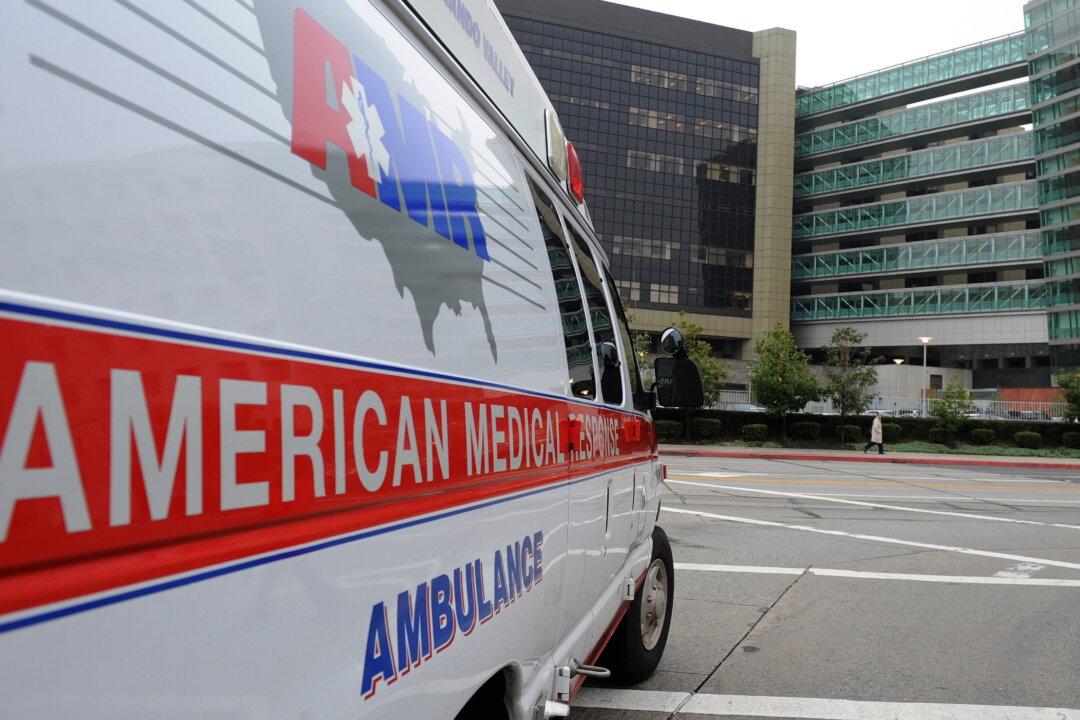On Grace Schara’s last day, she had been given a combination of a sedative, an anxiety medication, and morphine leading up to her time of death at 7:27 p.m. on Oct. 13, 2021.
With an armed guard standing near the doorway of her room at St. Elizabeth Hospital in Appleton, Wisconsin, Jessica, Grace’s sister and patient advocate, screamed at nurses she saw standing in the hallway begging them to help Grace, who had been admitted to the hospital on Oct. 6 after testing positive for the CCP (Chinese Communist Party) virus on Oct. 1.





